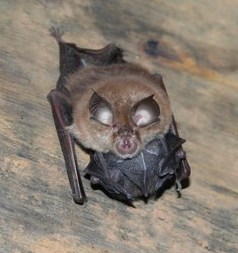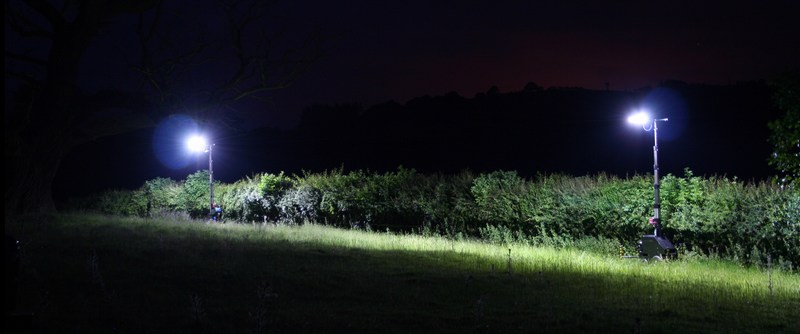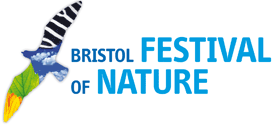The ecological effect of artificial lighting in the countryside is a topic of increasing concern.
Recent estimates have shown a 24% increase in light pollution in the UK between 1993 and 2000 (CPRE 2003).
Lighting schemes can damage bat foraging habitat directly through loss of land and fragmentation, or
indirectly by severing commuting routes from roosts, polluting watercourses, and water-bodies (Racey 2006).
As yet there are no established protocols defining when surveys and mitigation are required for schemes proposing
lighting enhancements (Fure 2006).

Despite the increase in light pollution,few studies have investigated the impact of artificial lighting on the
foraging and commuting behaviour of bats along linear features.
The bats and lighting project focuses on the
small and threatened lesser horseshoe bat (Rhinolophus hipposideros) but
also investigates the effect of lighting on other more widely distributed species such as the common pipistrelle
(Pipistrellus pipistrellus).






